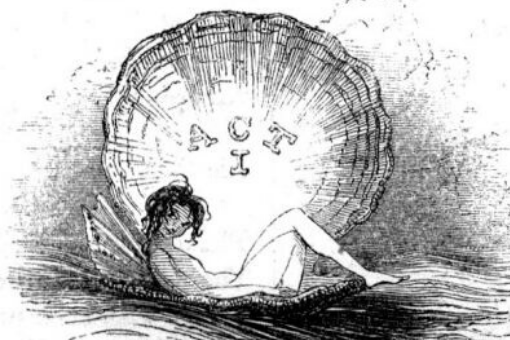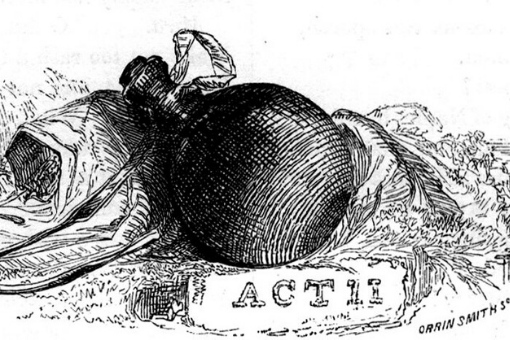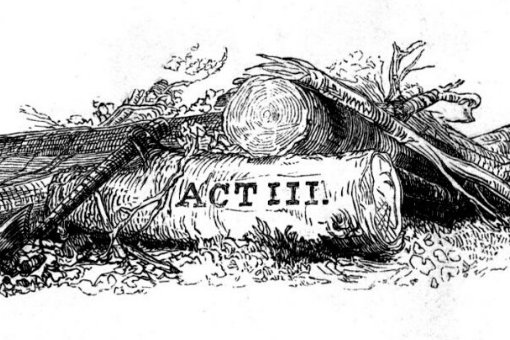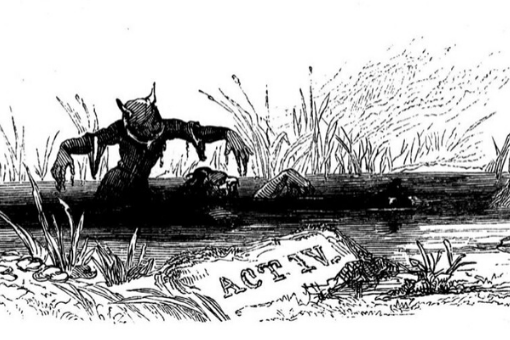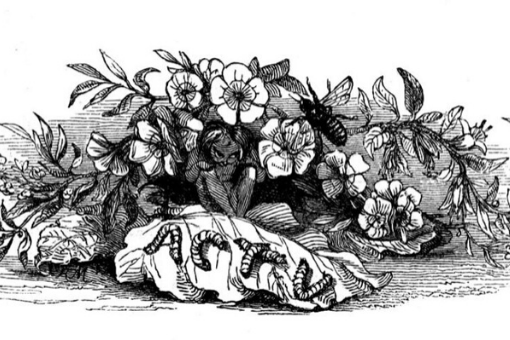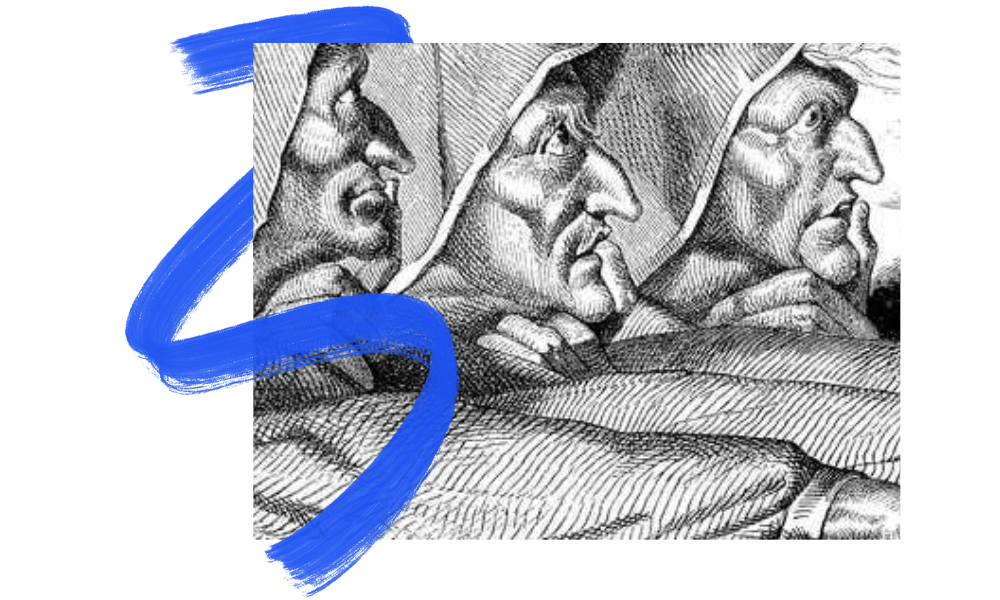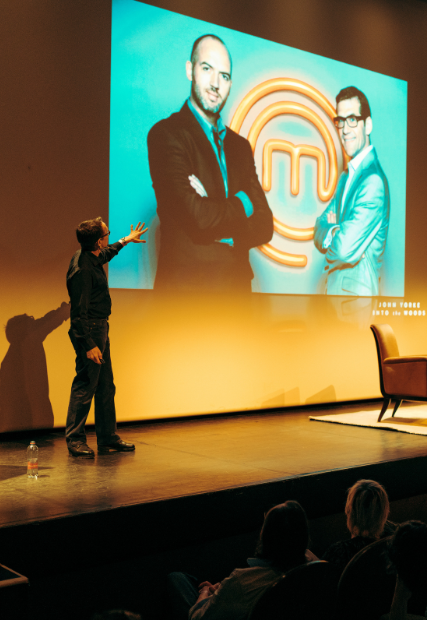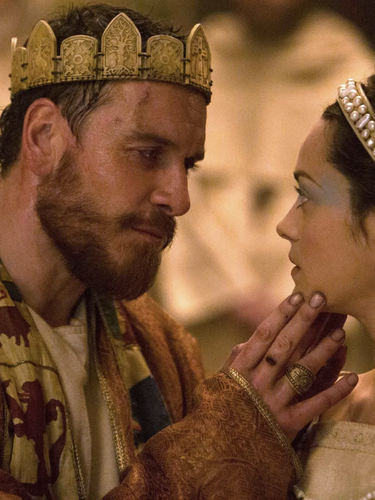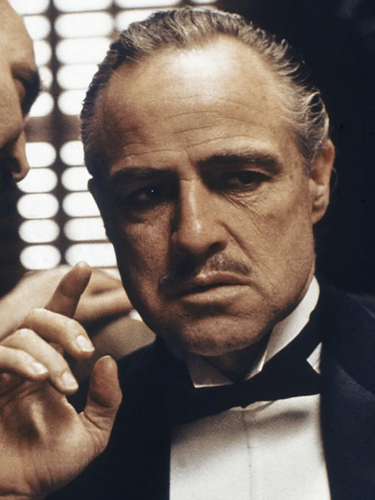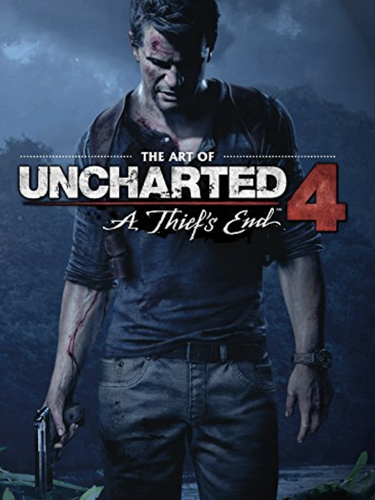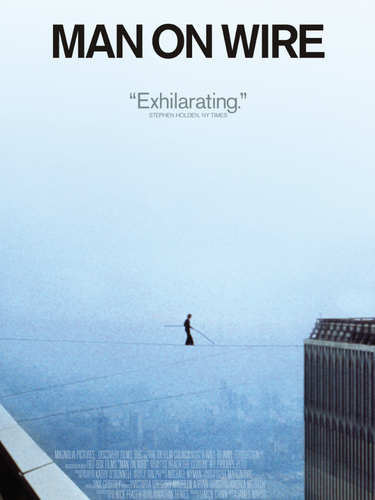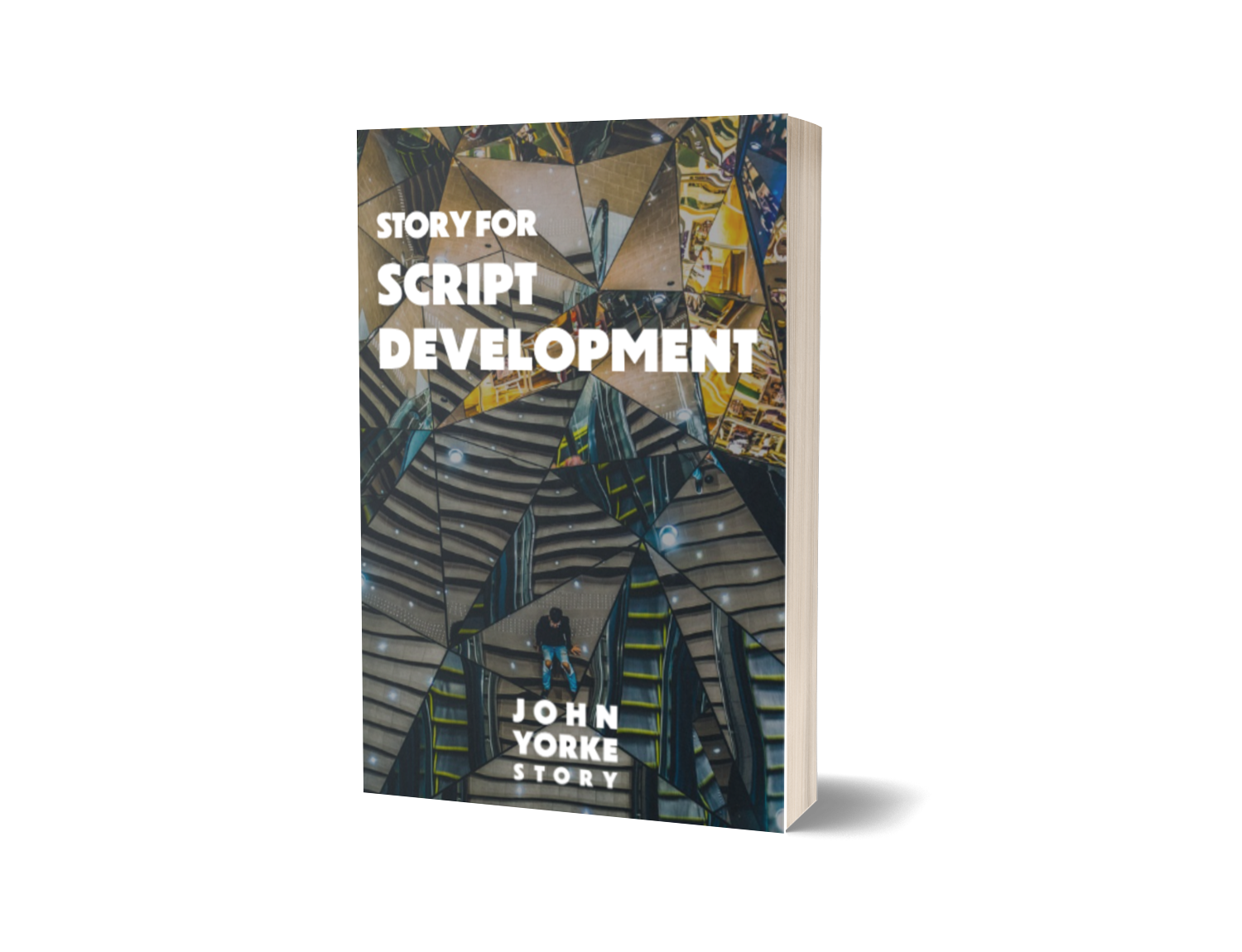Act structure and ordering the world
As John Yorke demonstrates in his bestselling book Into the Woods, we’re all familiar with act structure because it mimics the fundamental process by which our brains assimilate knowledge. We find something new, then explore it and finally assimilate it. To perceive the world we observe, we absorb, we change: a three-stage process.
In fact, we are incapable of not ordering the world in this way, and stories are the dramatisation of this process: thesis, antithesis, synthesis – beginning, middle, end.
This three-act shape forms the basic structural model of almost every Hollywood feature, but also every other successful story, whether you are telling a joke, making a speech or writing a company’s origin myth – mission, journey, climax; beginning, middle, end.
The more I’ve told stories, the more I’ve realised that what the audience demands has an extraordinary uniformity.
– John Yorke
Three and five act structure – what’s the difference?
Five-act structure is a refinement of three-act structure. Originally, it was designed to deal with the demands of long plays delivered in open-air theatres where the majority of the audience were standing up.
While not all stories have five acts, you can break all stories into five sections. Why do this? The simple answer is that it gives you much greater control over the shape of the story – the structure is then held up by five girders rather than three. And in addition, it creates regular gripping turning points that increase narrative tension.
In other words, if structure is about joining dots, then the five-act structure gives you more dots. This makes the final drawing easier to fill in, increases the forces of antagonism and forces you to create a classic story shape.
Five-act structure is not a fill-in-the-blanks mould to fix a failing story (though it does do that). It’s the innate shape all well-written stories fall into. Learning to use it will make you a better storyteller.
Illustrations from Victorian Illustrated Shakespeare Archive
